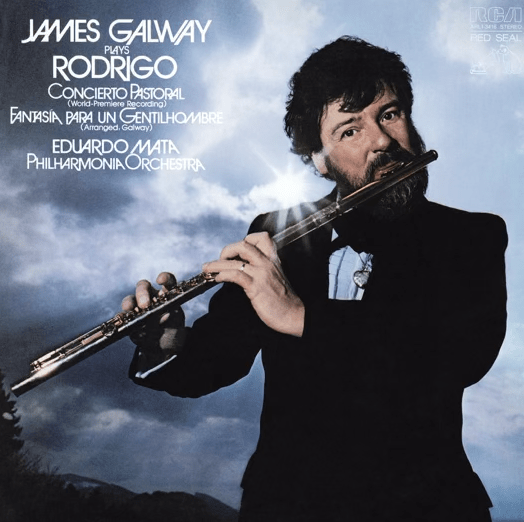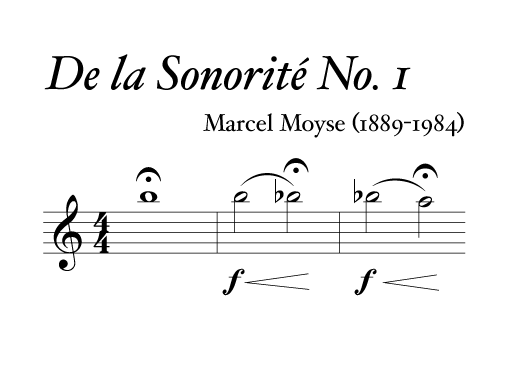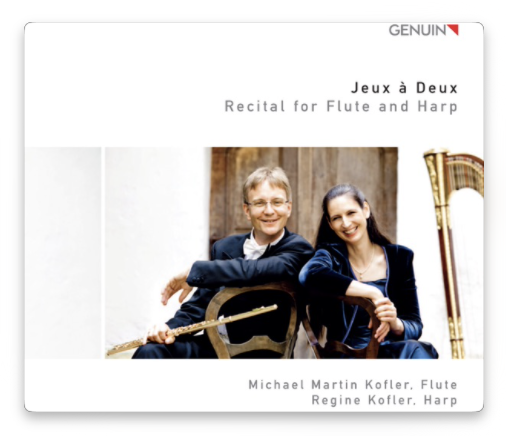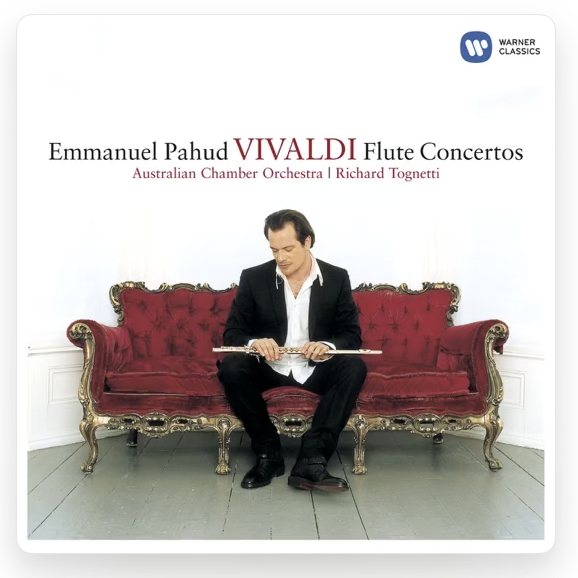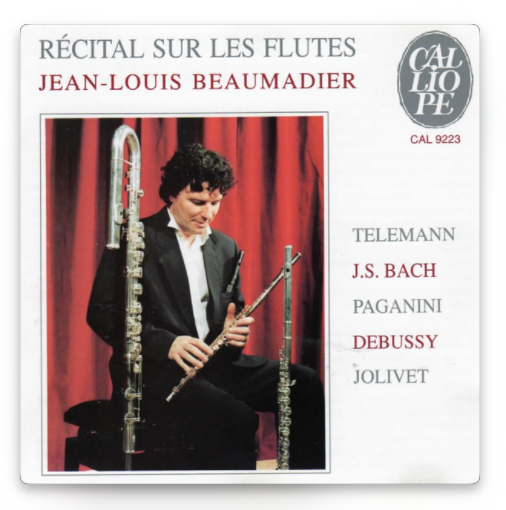Flute King: Music from the Court of Frederick the Great

This is a recording of late Baroque/Roccoco works for flute and orchestra with Emmanuel Pahud and the great English Baroque specialist Trevor Pinnock, leading the Kammerakadamie Potsdam.
Great recording. Pahud as usual shows tremendous vivacity within the technical brilliance and stylistic acumen. All his playing exhibits a lovely rubato to show dynamism so typical of this period of flute music with its emfindsamer Stil. Pahud’s breath in particular is so lively and dynamic, there’s none of the stasis one can hear in other (even really good) flute-players. You hear constant motion and design.
Stylistically, while he doesn’t sound like he’s slavishly parroting a Baroque flute, Pahud makes a powerful reinterpretation of these early Rococo and Classical works, making the most of the brilliance and power of the modern flute with the sensitivity of a Baroque flute. That’s a hell of a rare and hard combination to achieve as the feel and blowing styles of the instruments are very different.
All playing shows period-aware performance practice across the board. Must also be a help having someone like Pinnock – a bit of a legend in Period-performance circles – on board!
Of the works themselves, a highlight is the recording of Quantz’s Concerto in G major. While Pahud is good enough to make even Fredrick the Great’s concerto sound engaging, he really brings out the invention in pieces like Quantz’s.
